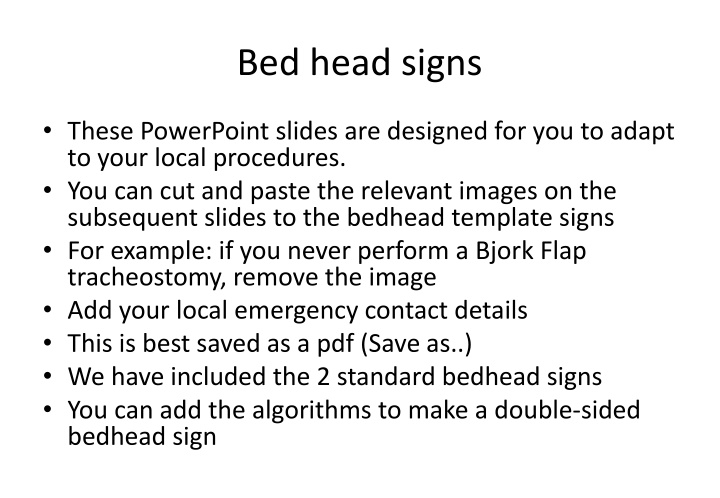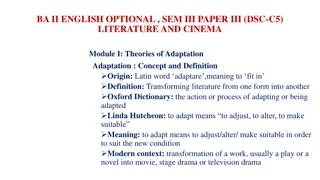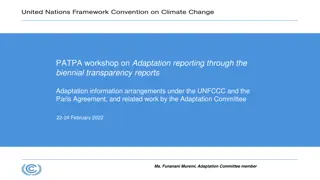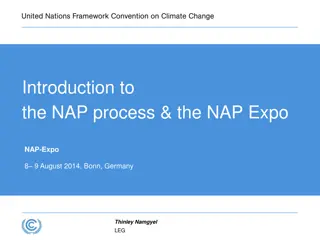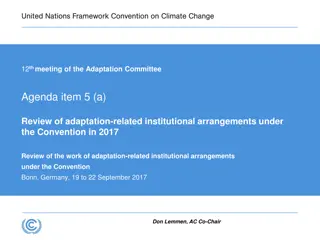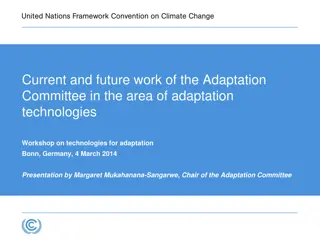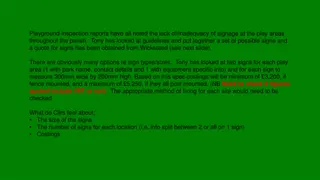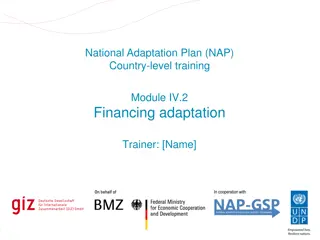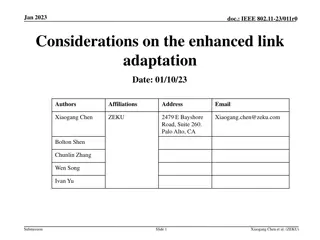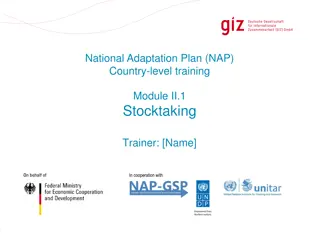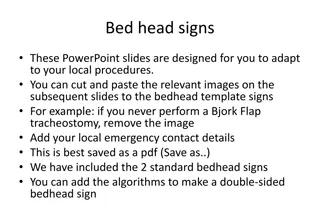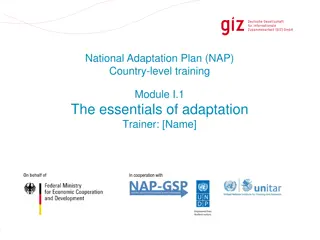Bedhead Signs Adaptation for Local Procedures
These PowerPoint slides provide a template for adapting bedhead signs according to local procedures in healthcare settings, specifically focusing on tracheostomy and laryngectomy patients. The slides include guidelines for customization, such as adding emergency contact details and circling relevant information. Utilize the provided images to create informative and essential bedhead signs tailored to your facility's needs. Save the final version in PDF format for practical use.
Download Presentation

Please find below an Image/Link to download the presentation.
The content on the website is provided AS IS for your information and personal use only. It may not be sold, licensed, or shared on other websites without obtaining consent from the author.If you encounter any issues during the download, it is possible that the publisher has removed the file from their server.
You are allowed to download the files provided on this website for personal or commercial use, subject to the condition that they are used lawfully. All files are the property of their respective owners.
The content on the website is provided AS IS for your information and personal use only. It may not be sold, licensed, or shared on other websites without obtaining consent from the author.
E N D
Presentation Transcript
Bed head signs These PowerPoint slides are designed for you to adapt to your local procedures. You can cut and paste the relevant images on the subsequent slides to the bedhead template signs For example: if you never perform a Bjork Flap tracheostomy, remove the image Add your local emergency contact details This is best saved as a pdf (Save as..) We have included the 2 standard bedhead signs You can add the algorithms to make a double-sided bedhead sign
This patient has a TRACHEOSTOMY There is a potentially patent upper airway (Intubation may be difficult) Surgical / Percutaneous Performed on (date) .............................. Tracheostomy tube size (if present) ............... Hospital / NHS number .............................. Notes: Indicate tracheostomy type by circling the relevant figure. Indicate location and function of any sutures. Laryngoscopy grade and notes on upper airway management. Any problems with this tracheostomy. Emergency Call: Anaesthesia ICU ENT MaxFax Emergency Team www.tracheostomy.org.uk
National Tracheostomy Safety Project. Review date 1/1/24. Feedback & resources at www.tracheostomy.org.uk
This patient has a LARYNGECTOMY and CANNOT be intubated or oxygenated via the mouth Follow the LARYNGECTOMY algorithm of breathing difficulties Performed on (date) .............................. Tracheostomy tube size (if present) ............... Hospital / NHS number .............................. Notes: There may not be a tube in the stoma. The trachea (wind pipe) ends at the neck stoma Emergency Call: Anaesthesia ICU ENT MaxFax Emergency Team www.tracheostomy.org.uk
National Tracheostomy Safety Project. Review date 1/1/24. Feedback & resources at www.tracheostomy.org.uk
Images for bedhead signs Surgical window
